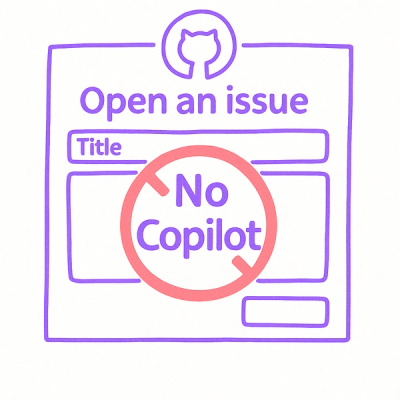Boto3-Mocking - Centralized Mocking of Boto3 for Testing
When testing code that accesses AWS through the boto3 library, it is often
desirable to isolate the code from actual access to the AWS API. This library
facilitates both that and dispatch of the service requests to mock
implementations.
Install
$ pip install boto3-mocking
Usage
Engaging the Patches
Two options exist to engage the patching of boto3: permanent and contextual. To permanently patch boto3 within the process, somewhere in the testing code that precedes use of the boto3.client and boto3.resource functions, use this code:
import boto3_mocking
boto3_mocking.engage_patching()
NOTE If your mainline code constructs boto3 clients or resources when it loads, then it is critical for the test harness to engage patching before loading mainline code.
To temporarily patch boto3, use this code:
import boto3_mocking
with boto3_mocking.patching:
...your code accessing AWS here...
Testing for Patch Engagement
This package exposes a function to test whether patching is currently engaged. Use this in your testing code before doing something that would harm or be expensive on the actual AWS environment:
import boto3_mocking
if not boto3_mocking.patching_engaged():
raise Exception("...")
Registering a Service Handler
Service handlers can either be registered permanently or contextually. Registration is managed through boto3_mocking.clients and boto3_mocking.resources, corresponding to boto3.client and boto3.resource. A service handler (whether for a client or a resource) is a callable that accepts arguments by keyword and returns the mock client or resource as appropriate. The handler should accept the same keywords as the client or service it substitutes. Registering a mock client does not automatically mock a corresponding resource, as the resource does not use boto3.client to construct/obtain its client object.
To permanently register a client handler for the 'cognito-idp' service, the code would look like:
import boto3_mocking
boto3_mocking.clients.register_handler('cognito-idp', MockCognitoIdpClient)
Handlers can also be contextually registered:
import boto3_mocking
with boto3_mocking.resources.handler_for('ec2', MockEC2Resource):
...your code accessing EC2 here...
Only one handler may be permanently registered for each service, but a contextually registered handler registration does override a permanently registered one for the same service during its context without error or warning.
Accessing Real Boto3 Functionality
boto3_mocking.clients and boto3_mocking.resources both provide a real attribute holding the original function from boto3 from before the patching is engaged. Your service handlers can make use of these functions if necessary. One example would be to redirect 'dynamodb' clients and resources to a DynamoDBLocal instance, where the actual boto3 library is still needed but needs to have certain keyword arguments (endpoint_url and use_ssl) included when the client or resource is created.
The Allowed Lists
Access to the real functionality of boto3 can be allowed service-by-service in both boto3_mocking.clients and boto3_mocking.resources via their allowed set. Just add the name of the service to boto3_mocking.clients.allowed or boto3_mocking.resources.allowed to allow those calls without a registered handler.
Access to Unhandled Services
If a service client or resource is accessed without a handler, boto3_mocking raises a boto3_mocking.UnpatchedAccess exception unless the service is in the respective allowed list.
License
This code is licensed under Apache License 2.0. Please see LICENSE for full text.
Contributing
- Fork it on GitHub (https://github.com/rtweeks/boto3-mocking)
- Create your feature branch (
git checkout -b my-new-feature)
- Commit your changes (
git commit -am 'Add some feature')
- Push to the branch (
git push origin my-new-feature)
- Create a new Pull Request (on GitHub)



